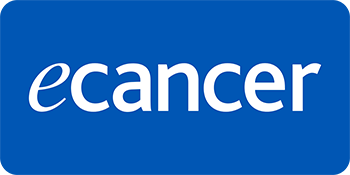Childhood cancer is an urgent priority in Egypt, owing to a large number of children with cancer, the great need and demand for paediatric oncology services, limited resources/funds and inferior survival outcomes. Therefore, an overview of the status of childhood cancer care in Egypt and an evidence-based approach towards optimal utilisation of resources/funds to improve this care are needed. This paper summarises key evidence about childhood cancer care and outcomes in Egypt. We conducted a narrative literature review using a structured search strategy of the MEDLINE database through the PubMed interface. All relevant evidence was summarised under five main sub-topics: (1) burden of childhood cancer in Egypt; (2) treatment approaches; (3) health outcomes; (4) costs and cost-effectiveness of treatment; and (5) barriers and facilitators to optimal childhood cancer care. We found high estimates of disease burden of childhood cancer in Egypt. Furthermore, childhood cancer treatment in Egypt is based on either implementing intensity-regulated protocols or adopting international protocols with or without adaptations to local contexts, leading to varying standards of care among the different treating centres. Limited data about the survival outcomes, costs and cost-effectiveness of treatment exist, although high-quality data from retrospective cohort studies were published from a large paediatric oncology centre (Children’s Cancer Hospital Egypt–57357). As Egypt joins the WHO Global Initiative for Childhood Cancers as a focus country, it is prepared to move towards streamlining national efforts to implement a national childhood cancer plan to advance care, improve health outcomes and optimise resource use. Through these efforts, Egypt could become a beacon of hope and a role model to other low- and middle-income countries seeking to improve their childhood cancer care.







